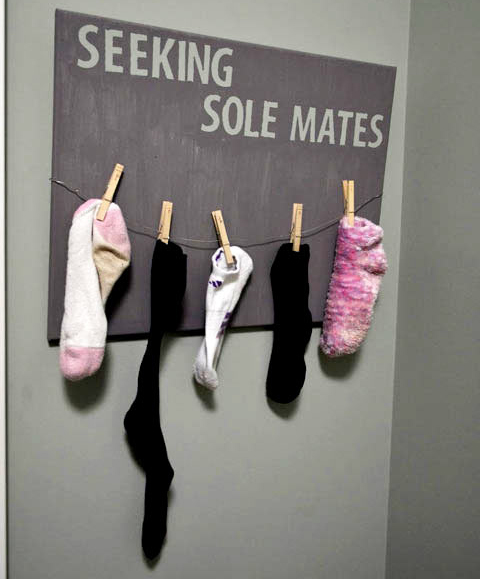Treat Your Feet Right | Choosing the Best Sock for Your Adventures
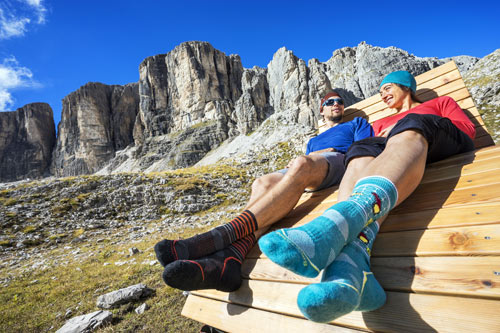
The secret to building anything is to start from the ground up. This is true whether you’re building a house, making a sandwich, or picking out the perfect combination of clothing for your particular athletic endeavors. Given this, it stands to reason that the starting point for your athletic clothing would be your socks. The right socks can mean hours of blissful trail running or hiking, with your feet ensconced in soft, supportive, moisture-shedding goodness. The wrong socks, on the other hand, can mean hours of swampfoot and blisters, followed by countless more hours nursing your poor, abused feet around the campfire.
So, if socks are so important to our success out there on the trail, where should we start? Well, the first decision to make is going to be the length of the sock you want. The first is going to be the micro, or no-show length. These socks, like the Smartwool Ultra Light Micro Sock, are characterized by hiding out of sight when your shoes are on. See, it’s not just a clever name. No-show socks are great for running, working out, or any sort of high-energy output where you worry about getting overheated.
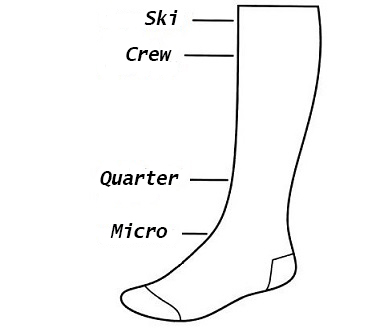
When it comes to the next two styles, quarter-length and crew socks, it’s largely a matter of preference. Some people prefer to have just that extra bit of protection from bushes, dirt, sticks, and anything else you might find out on the trail. A crew sock for those people is absolutely essential and a good fit would be something like the Smartwool PhD Outdoor Light Crew Sock. For others, the thought of covering up the leg is anathema, and a sock like the Feetures Merino Light Cushion Quarter Sock is the only way to fly.
Now, when you start getting into the winter months, or wearing any sort of taller boots, such as ski boots, a ski-specific sock really does make all the difference. From keeping your calves warm to keeping the hair on your shins from being rubbed raw by the tongue of your boot, a good ski sock goes a long way. Good ski socks do more than just cushion your feet. For instance, the Wigwam Snow Silver Lite Socks actually have built-in silver fibers to help fight foot-odor, and of course merino wool to wick moisture and keep your feet comfy.
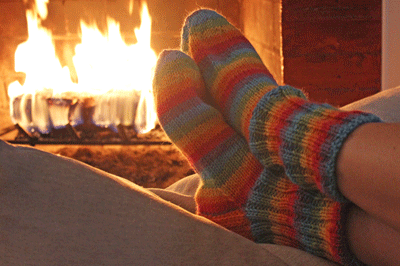
Once you’ve decided what length of sock you’re looking for, it’s time to decide how much thickness or cushion you need. Suitable outdoor socks range from the ultra light side of the spectrum to those with heavy cushion. What cushion and thickness you want is going to be largely dependent on a few factors. Generally speaking, the thicker the sock, the warmer your foot. However, that’s not always the case, and it’s important to recognize when things will be different. For instance, if you’re looking for a ski sock and you frequently have cold feet, you’d think you’d want a thick sock, right? Well, this might not actually be the case. If your ski boots are fit correctly, they should fit quite snugly on your feet. If you were to throw a maximum thickness sock in there with them, it can, and likely will cut off circulation to your feet. More than the thickness of your sock, your circulation is important to keeping your feet warm. So, in this particular instance, a thinner sock would actually keep your feet warmer.

For those embarking on multi-day excursions, you’re probably going to want to slip on a medium cushion sock. A medium cushion sock won’t only let your foot fit comfortably into your hiking boots, but it also minimizes wear and tear on your feet by providing you with a softer step. For day hike and other activities, a lightly cushioned sock is great. Light cushioning performs well on a variety of terrain and helps your feet stay cooler throughout the day.
The last consideration for your sock purchasing is going to involve the materials used to make said socks. Now, there is of course your basic cotton, but we’re going to pretty much gloss that, as it’s not appropriate for clothing worn in the backcountry, generally speaking. That leaves us with two main options; wool or synthetic.
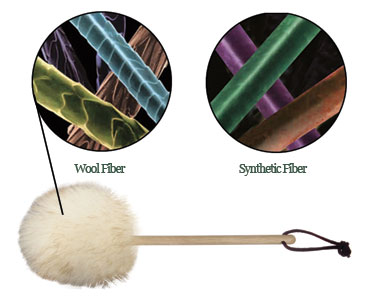
Both options are good and, unlike many other types of clothing, the ideal use for these is actually fairly interchangeable. Synthetic socks, like the Hiking Outdoor Pro Sock from Wigwam, are often less costly, can be more durable and, due to a mix of materials used, can offer unique elasticity and conformity to the foot that can be difficult to mimic in an all-wool offering.
On the other hand, wool, and especially merino wool, have highly desirable properties that can make them very attractive for those spending any amount of time in the outdoors. Merino wool is naturally anti-microbial, meaning they won’t stink as bad after a long day in ski boots. We say “as bad” because, well, fish gonna swim and feet gonna stink. It’s just what they do. Wool is also naturally moisture-wicking, allowing those same socks to keep your feet dryer during a day on the trail, leading to a decreased chance of blisters and other types of discomfort.
